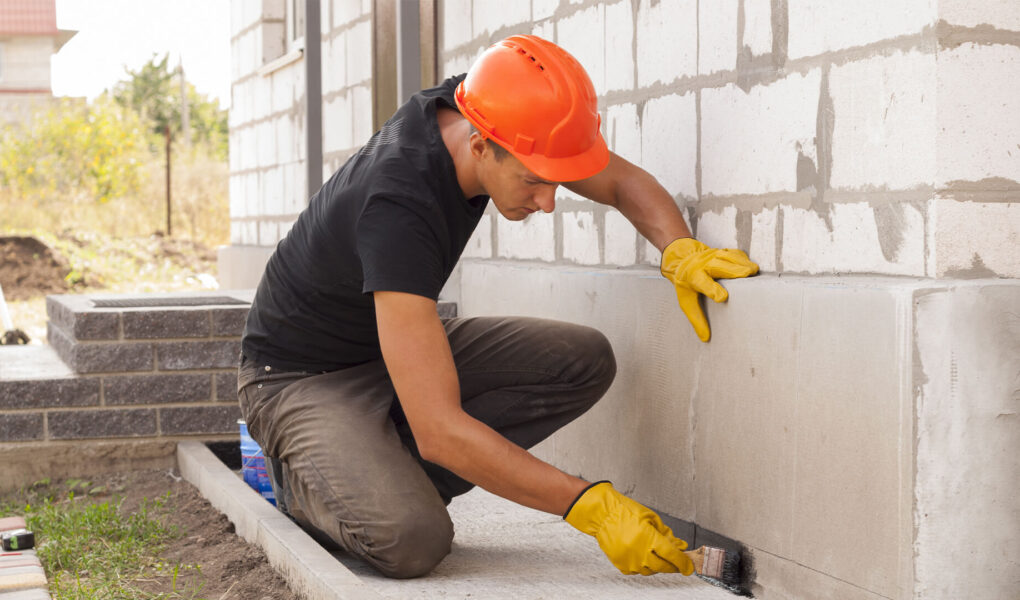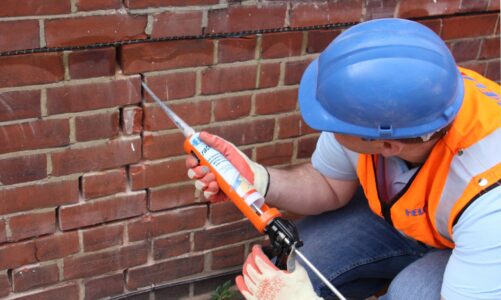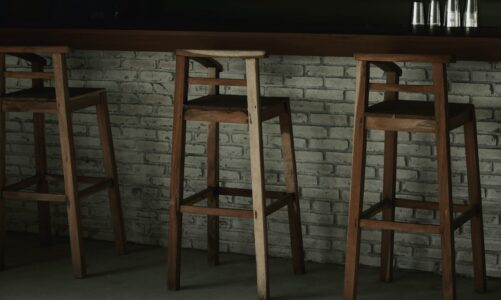Atmospheric precipitation and groundwater are slow destroyers of structures. Modern building metals are strong enough, but when water vapor or groundwater affects them for a long time, the building materials lose their properties. To prevent this negative phenomenon, the technology of home waterproofing is used.
Waterproofing is a technology in which the wall and foundation of a building are protected with waterproofing materials. Important is the penetrating waterproofing. This technology is used to protect swimming pools, foundations of houses, tanks in industrial buildings, as well as for sewage treatment plants. At some point in the construction process, every private homeowner will have to deal with the issue of waterproofing. Then they look for home waterproofing services near them.
What to Expect from Waterproofing?
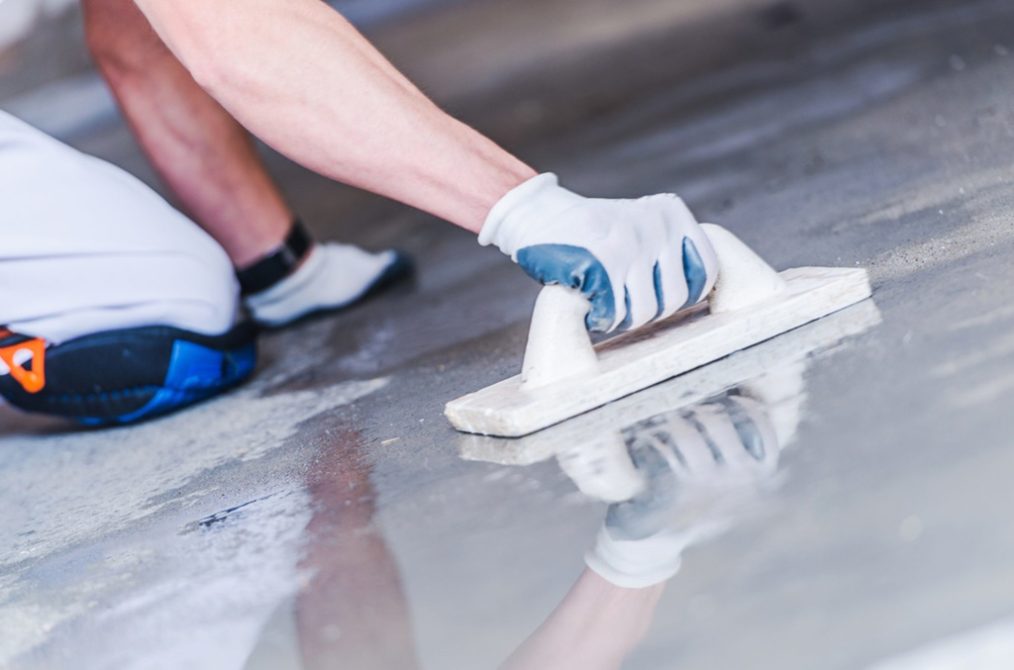
Waterproofing foundations and structures are done by several methods. Depending on the method, different materials are also used. Each technology has its advantages, as well as there are disadvantages. One significant disadvantage is that it is not durable. Any waterproofing technology after 3-5 years will have to update. This is because the waterproofing materials in the process of operation absorb moisture in themselves, and then give it back. This leads to the deterioration of the material and the loss of its primary properties.
Among the technologies, especially penetrating waterproofing stands out. Penetrating waterproofing can be external or internal. This method is done with the help of a material called crystallize. Crystallized is a unique material that hardens on the surface of the wall or foundation within an hour. Cured crystallized creates an armor layer. Gradually a chemical reaction occurs whereby the crystals penetrate the pores of the concrete and create a strong composition that does not allow liquids to pass through. In addition, crystallization increases the strength of the concrete and resistance to low temperatures.
Stages of Work
Waterproofing work is performed in several stages. These are as follows:
- Surface preparation, cleaning and leveling, drying
- Elimination of joints and cracks. To this end, joint waterproofing is applied to the surface
- Applying waterproofing material
- Installation of reinforced waterproofing screed
Waterproofing works are carried out in hands of professional specialists. Before ordering a service from the company, we advise you to get acquainted with their work and learn the experience and qualifications of the specialists. The work is done in warm and dry seasons. If you are looking for waterproofing companies near me, then our company is ready to help you.
Features of the Waterproofing of Various Premises
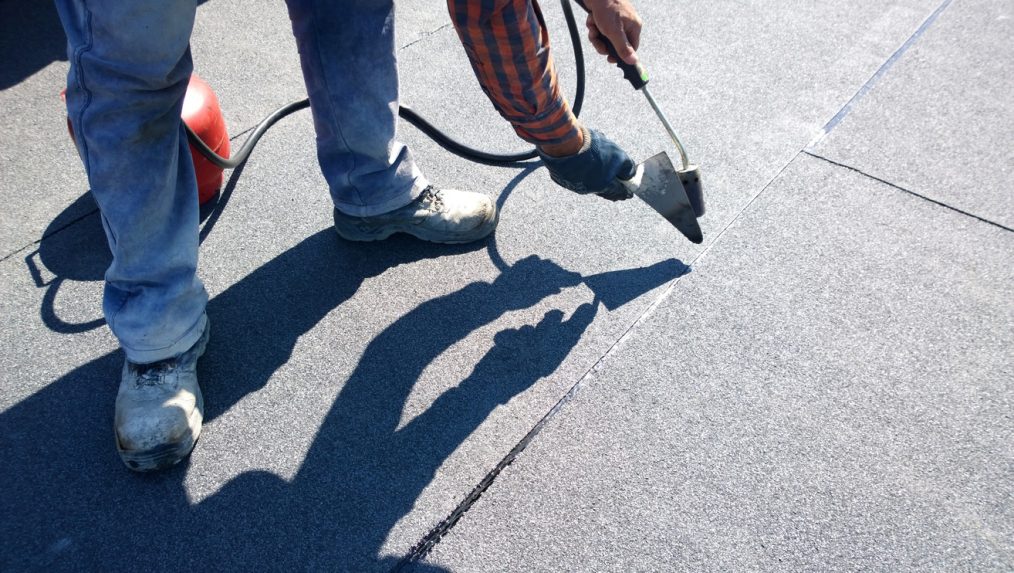
Depending on the type of room there are several types of waterproofing. Let’s consider their features.
- Horizontal waterproofing. One of the old methods of protecting the foundation. The technology involved the use of obsolete materials. Today this method is rarely used.
- Vertical waterproofing is a coating with a protective layer on the outer and inner sides of the foundation. Various modern materials are used.
- Waterproofing of the foundation of baths, saunas and other damp structures. Several different technologies are used here. An additive mixture can be added to the concrete mixture or a barrier insurance structure is used.
- Residential waterproofing. This type of work is carried out both during construction and after as a preventive measure. Not only the foundation of the house but also the ceiling needs to be protected from the effects of moisture.
- External protection from moisture. If during the construction of the house the option of waterproofing is not thought out, then later you can perform external protection of the house. However, this is not the best protection option. It is more effective to create barrier structures when laying the house.
If you are looking for a waterproofing company check Pom Group Waterproofing, on their site right now.
What Materials are Used?
A group of materials is used to protect structures from moisture. The material for a particular house or room is selected depending on the material of the wall and foundation. On this principle, materials are divided into several groups:
- Protective materials for walls
- For floor
- For foundations
- For pipes etc.
The main requirement for the protective material is its resistance to prolonged contact with water. It is also important that the material is air permeable. This property allows the material to retain its protective properties longer. It is important for elasticity and strength of the material, as well as its inertness to biological formations. For example, mold, bacteria and fungi almost always appear in a humid environment.
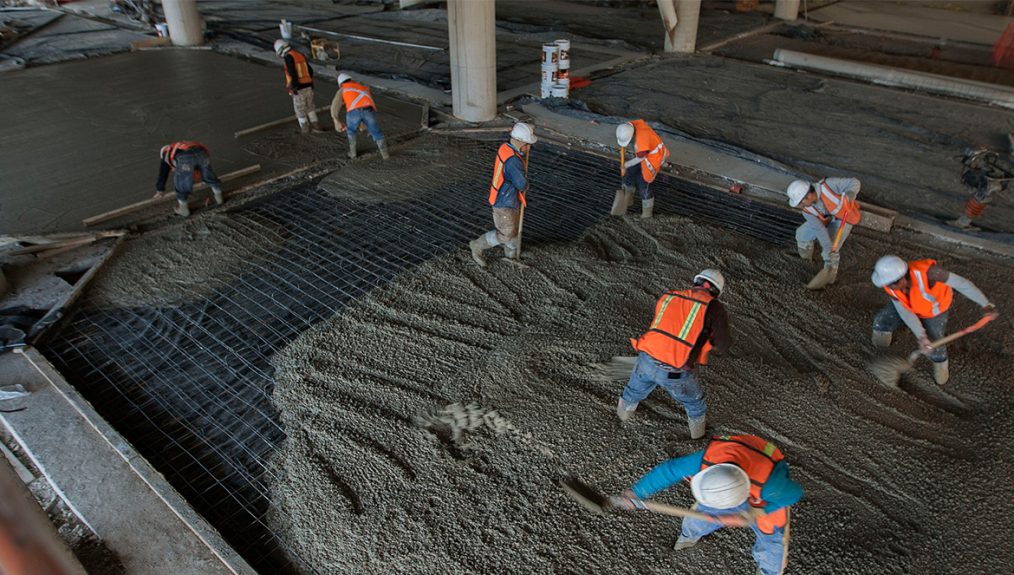
Our Offer
Our company offers the services of professional specialists in the field of construction and finishing. In our work, we use the latest technologies and materials. This ensures the durability and strength of your construction. In carrying out our work, we comply with the highest standards of the European market.
We meticulously choose the material for waterproofing your home to meet all your expectations. The work is carried out in several stages. At each stage, you have the opportunity to review the process and share your opinion. If you want to learn more about modern technology and materials for waterproofing, we recommend contacting the foundation waterproofing contractors near me.
If you have any questions about waterproofing your home, industrial premises, swimming pool or other structure, then please leave your phone number for a contact in the special form on the website.

